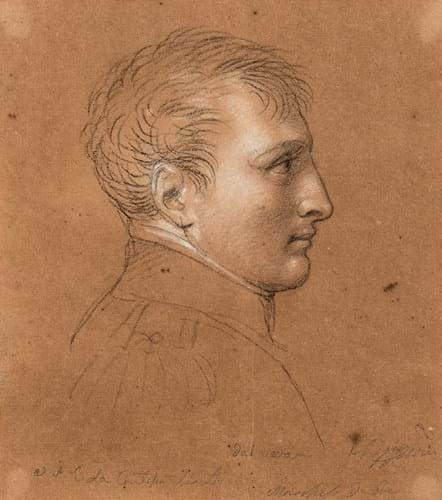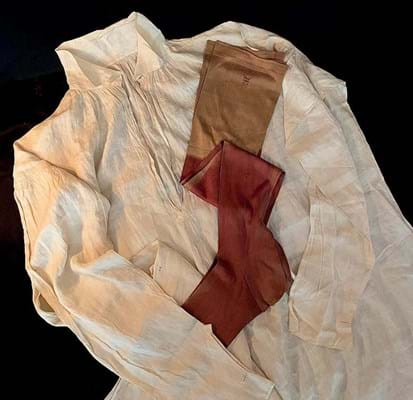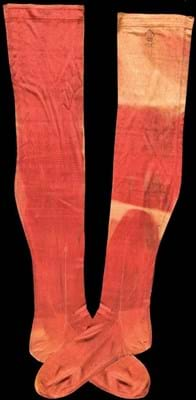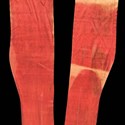In France, Napoleon’s reputation and legacy remain the subject of debate.
Some see him as a great military leader and founder of the modern French state, others focus on a dictator who reintroduced slavery to islands in the Caribbean and Indian Ocean.Marking the bicentenary of the emperor’s death, French President Emmanuel Macron last week said slavery was a grave mistake, while highlighting the “genius” of a man who “is a part of us”.
Whatever your opinion, in collecting terms the name Napoleon stands for high demand and prices. This anniversary year in particular has inspired auction houses and dealers to hold sales and exhibitions.
One of the most extensive auctions was held on May 6 by Osenat in Fontainebleau – a day after May 5, the date when 200 years ago the former emperor died in exile on St Helena.
Items that belonged to Napoleon or had an intimate connection brought significant interest.
A shirt he owned had been estimated at €30,000-40,000 but sold at €80,000/£69,600 (plus 25% buyer’s premium). At the top of the opening of the right side is embroidered the famous mark N under the imperial crown in red silk thread. This shirt comes from Genappe where it would have been taken after Waterloo by Carl, Baron von Plotho (1780-1820). It had been in private collections and was sold at Sotheby’s in 2008. A pair of Napoleon’s woven stockings in red dyed silk made € 21,500/£18,700 (estimate €8000-12,000).

A lot containing items relating to Napoloen including a ‘strip stained with his blood during his autopsy’ (€27,000/£23,500) sold at Osenat on May 6.
Another intriguing item, sold for €27,000/£23,500 (guide €10,000- 15,000), was a small white silk bag with a note from the Duke of Bassano dated October 20, 1875, stating it “contains the hair of H.M. the Emperor Napoleon I, a handkerchief, marked with his number, belonging to him and a stripstained with his blood during his autopsy. These precious objects were given to my Father by General de Montholon on his return from St Helena.”
Bonhams took the opportunity last week to announce it will stage Napoleon Bonaparte: The British Sale at New Bond Street on October 27. Several of the items to be offered will be on display at a special exhibition, Napoleon: From Waterloo to Saint Helena, Birth of the Legend, taking place at the Waterloo 1815 Memorial in Belgium until October 17.
Napoleon’s cane made for him when in exile on St Helena and a shirt he wore there are two of the lots featured. The cane, estimated at £70,000- 90,000, was carved on St Helena from bone by a Chinese man. The shirt, one of only six known from his will, is guided at £60,000-80,000.
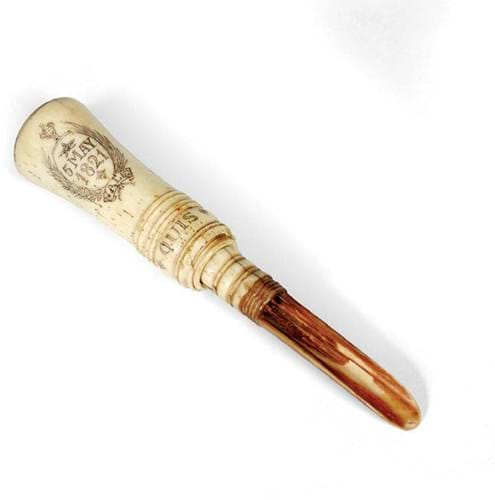
This engraved bone apple corer probably crafted by one of Napoleon’s guards from the 20th Regiment of Foot to commemorate his death is estimated at £3000-5000 at Bonhams on October 27. It has been inscribed with the emblem of the regiment and Longwood House, as well as the inscription quis custodiet which translates as ‘who will guard’, and the date of Napoleon’s death followed by the word vale, the Latin for ‘farewell’.
On May 31 French auction house Aguttes is holding a sale titled Empire – bicentenaire de la Mort de Napoleon IER.
In Sotheby’s Royal & Noble auction held in January a key sold for £65,000 (estimate £3000-5000) came with papers saying it was used for the steel door to Napoleon’s room at Longwood House where he died. The key was taken by a British soldier, Charles Fox, possibly for his mother Elizabeth Vassall Fox, Baroness Holland (1771-1845), and it came to auction by descent.
Baroness Holland was an admirer of Napoleon, having met him at Malmaison in 1802. She corresponded with him at Elba in 1814 and sent books and sweetmeats to St Helena.
The baroness procured relics relating to him which included a ring and cross of the Legion of Honour and a sock which he had worn at his death, and a copy of the Edinburgh Review from 1816 with his annotations in pencil.
See also our Books, Maps & Prints feature for a satirical cartoon of Napoleon and letters by Napoleon regarding the invasion of Britain.


